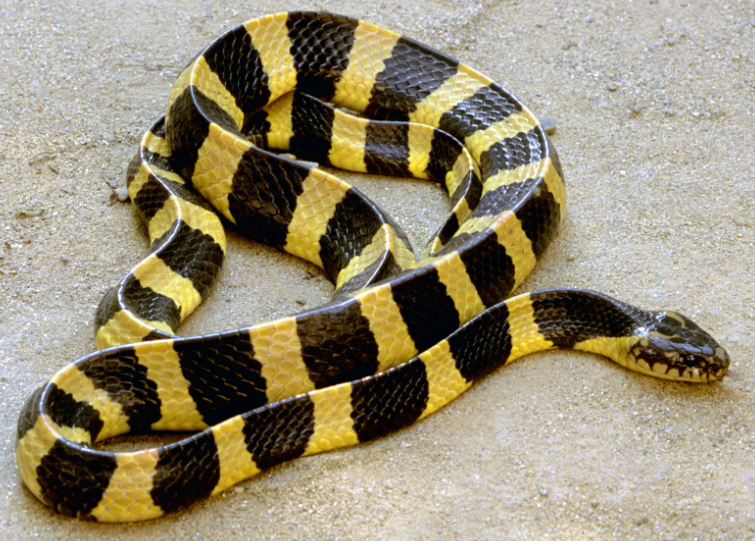
Exploring the World’s Most Venomous Snakes
Snakes are fascinating and often misunderstood creatures, but some species wield venom that can be deadly to humans. Whether you’re a herpetology enthusiast or just curious about the natural world, understanding these creatures can be both enlightening and crucial for safety. Here’s a look at some of the most venomous snakes found across the globe:
1. Inland Taipan (Oxyuranus microlepidotus)
- Habitat: Central Australia
- Venom: Known as the “fierce snake,” its venom is highly potent, containing neurotoxins that can cause paralysis and respiratory failure.
- Danger: Despite its potency, human encounters are rare due to its remote habitat and reclusive nature.
2. Belcher’s Sea Snake (Hydrophis belcheri)
- Habitat: Tropical waters of the Indian and Pacific Oceans, including the Great Barrier Reef.
- Venom: This sea snake has one of the most toxic venoms in the world, causing rapid paralysis and potentially fatal outcomes.
- Behavior: Found in shallow waters, encounters with humans are uncommon but can be dangerous if provoked.
3. Coastal Taipan (Oxyuranus scutellatus)
- Habitat: Coastal regions of northern and eastern Australia and Papua New Guinea.
- Venom: Similar to the inland taipan, its venom is highly potent, affecting blood clotting and causing paralysis.
- Characteristics: Despite its fearsome reputation, it usually avoids humans and prefers its natural prey of small mammals and birds.
4. Black Mamba (Dendroaspis polylepis)
- Habitat: Sub-Saharan Africa, particularly in savannas and rocky hillsides.
- Venom: Known for its neurotoxic venom, the black mamba can deliver multiple lethal bites in a single attack.
- Behavior: Despite its name, it is not black but rather gray or olive-brown, and it is known for its speed and agility.
5. Eastern Brown Snake (Pseudonaja textilis)
- Habitat: Eastern and central Australia and southern New Guinea.
- Venom: Highly venomous with neurotoxic and procoagulant components, causing paralysis and blood clotting issues.
- Encounters: Commonly found in urban areas, making it one of the most encountered venomous snakes in Australia.
6. Tiger Snake (Notechis scutatus)
- Habitat: Southern regions of Australia, including Tasmania.
- Venom: Contains a potent mix of neurotoxins, coagulants, and myotoxins, causing severe pain, paralysis, and muscle damage.
- Behavior: Aggressive when threatened, but typically avoids humans unless provoked.
7. Russell’s Viper (Daboia russelii)
- Habitat: Throughout Asia, from Pakistan to southern China and Indonesia.
- Venom: Hemotoxic venom causing local tissue damage, internal bleeding, and potentially fatal complications if untreated.
- Danger: Responsible for a significant number of snakebite fatalities due to its widespread habitat and aggressive defense mechanism.
Understanding these venomous snakes not only enhances our knowledge of biodiversity but also underscores the importance of snakebite awareness and prevention strategies in regions where encounters are more likely. Remember, while these snakes are formidable, they play vital roles in their ecosystems and typically only strike in defense. Always admire from a safe distance and appreciate their role in the natural world.
